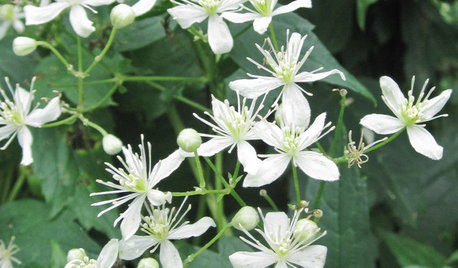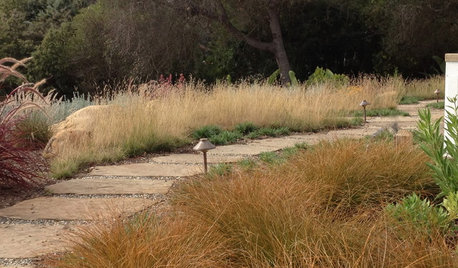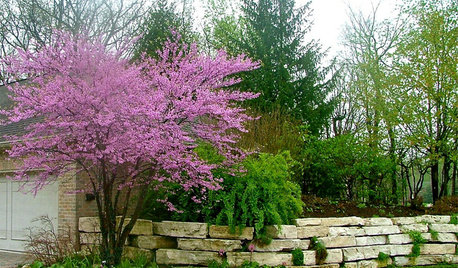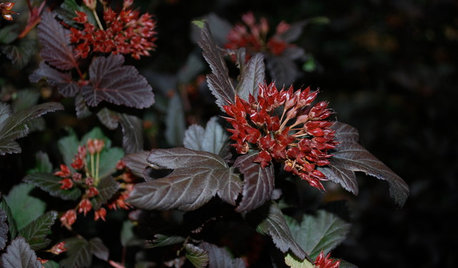How to plant Clematis in clay
mzstitch
10 years ago
Related Stories

GARDENING GUIDESGreat Design Plant: Clematis Virginiana
Devil’s darning needles, a vigorous vine native to eastern North America, likes partial shade and many types of soils
Full Story
PLANTING IDEASGreat Garden Combo: Rose + Clematis for Small-Space Impact
We all need somebody to lean on. And when a rose supports a climbing vine, the results can totally transform a small garden
Full Story
GARDENING GUIDES9 Clay-Busting Native Flowers for Summer Sun
These plants survive and even thrive in tough clay soil east of the Rocky Mountains
Full Story
GARDENING GUIDESGreat Design Plant: Bouteloua Curtipendula
Hot, dry clay or rocky soils are sideoats grama’s pleasure ground
Full Story
GARDENING GUIDESHow to Stop Worrying and Start Loving Clay Soil
Clay has many more benefits than you might imagine
Full Story
GARDENING GUIDESGardening Solutions for Heavy Clay Soils
What’s a gardener to do with soil that’s easily compacted and has poor drainage? Find out here
Full Story
GARDENING GUIDES10 Top Mid-Atlantic Native Plants
Enjoy a four-season garden in the mid-Atlantic region with plants that will stand up to weather shifts, clay soil and the occasional deer
Full Story
LANDSCAPE DESIGNGreat Design Plant: Sun-Loving Ninebark Puts on a Color Show
This tall, dark and handsome native shrub is equally at home in jeans and boots or in a suit and tie
Full Story
GARDENING GUIDESGrow Your Own Privacy: How to Screen With Plants and Trees
Use living walls to lower your home and garden's exposure while boosting natural beauty in your landscape
Full Story
NATIVE PLANTSPlant These Fall-Flowering Natives in Early Summer for Pollinator Love
These 3 groups of plants will support masses of beneficial insects come autumn
Full StoryMore Discussions






thatcompostguy
User
Related Professionals
Windham Landscape Architects & Landscape Designers · San Juan Landscape Architects & Landscape Designers · Aurora Landscape Contractors · Wake Forest Landscape Contractors · Cambridge Landscape Contractors · Coram Landscape Contractors · Davis Landscape Contractors · Dinuba Landscape Contractors · East Hanover Landscape Contractors · Gaithersburg Landscape Contractors · Milton Landscape Contractors · Southbury Landscape Contractors · Wallingford Landscape Contractors · White Bear Lake Landscape Contractors · Maplewood Landscape Contractorslsst
mzstitchOriginal Author